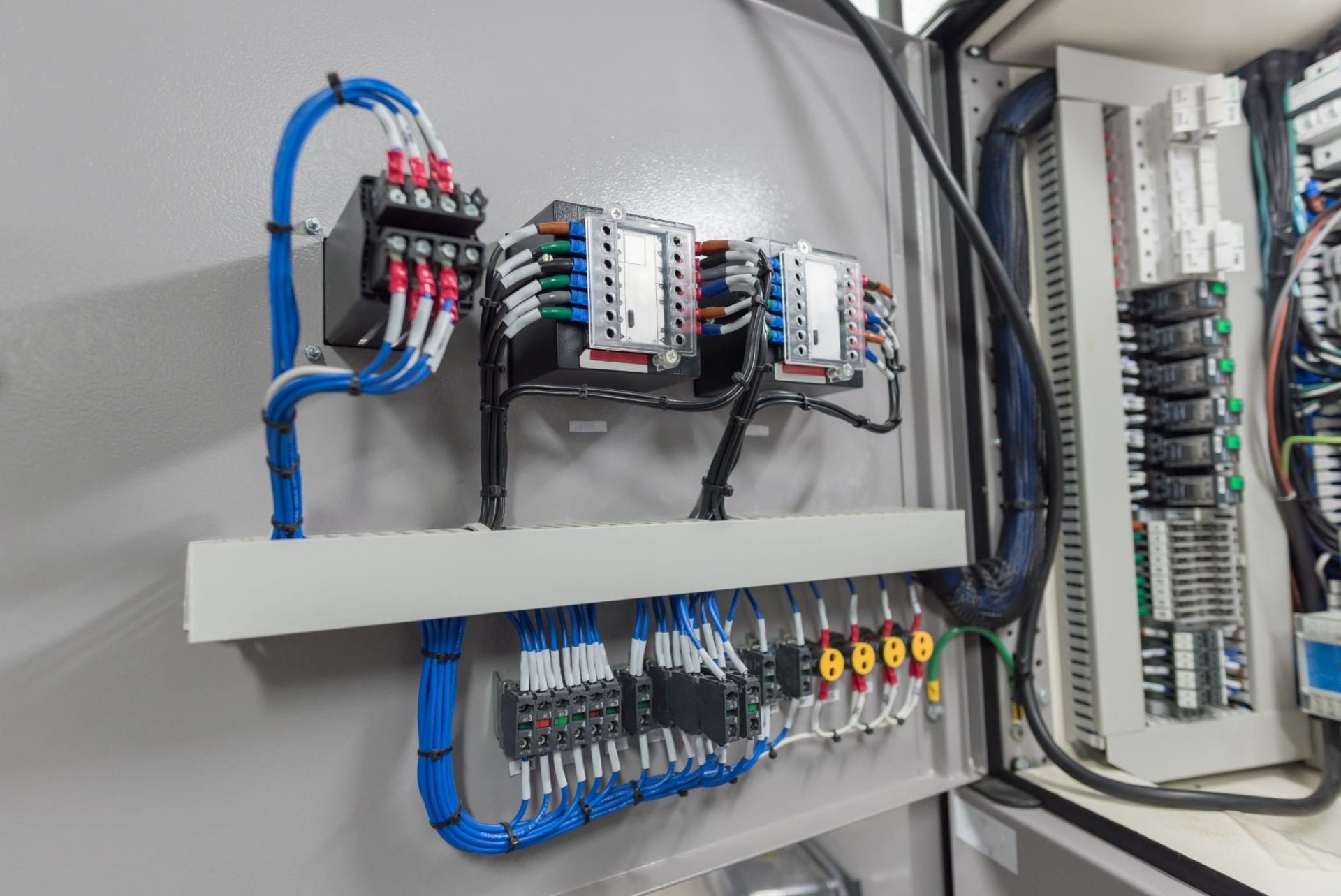The Ultimate Beginner's Guide to Electrical Wiring: All You Need to Know

Electrical wiring is an essential element of every home and understanding it is essential for every homeowner. It is not just important to ensure the smooth functioning of your home but it’s also essential for your security. In this article, we’ll discuss the basics of electrical wiring as well as the importance of security as well as the benefits having a licensed residential electrician to handle all of your electrical wiring requirements.
Understanding the basics of electrical wiring
Electrical wiring is the system of electrical conductors that runs through your home, carrying electric power to appliances as well as lighting fixtures. It is formed by electrical circuits that connect the sources of power to your devices. Electrical circuits consist of switches, wires, as well as other components of electricity that work to create a safe and reliable electrical system. There are different types of electrical wiring. These include copper, aluminum, and wire insulation types like PVC or rubber.
Preparation and planning for electrical Wiring
When installing the new wiring for electrical use, it is important to consider a variety of things to think about, including the kind of wiring you require, the power capacity that your electric system can handle, and the power requirements you require. In addition, it is essential to know about electrical rules and regulations for wiring as well as the permits required in your region. To prepare your electrical wiring system, you must create an electrical plan and assess your electrical requirements. This will make sure that the electrical wiring is safe efficient, reliable, and meets your power needs.
Materials and Tools Needed for Electrical Wiring
When installing new electrical wiring it is crucial to have the right materials and tools on hand. The most important tools are strippers, wire cutters pliers, as well as a voltage tester. Other materials needed to conduct electrical wiring comprise electrical tapes, wire nuts, conduit along with electrical boxes. It’s also useful to have a wiring diagram that will help you with the installation process.
Step-by-Step Instructions for Electrical Wiring Installation
Installing electrical wiring can be a complex process however, with the right equipment and the right knowledge, it can be done quickly and safely. This is a step-by-step guide for installing new electrical wiring inside your home:
Turn off the power to the location where you’ll be working.
Plan the wiring layout and mark the location where the wire will be placed.
Install conduit and electrical boxes wherever needed.
Cut and strip the wires until the proper length.
Wires should be connected to devices or fixtures you are wiring.
Connect the wires using wire nuts, electrical tape or conduit straps.
Test the wiring to ensure that it’s functioning correctly.
When installing the wiring, it is important to follow wiring installation best practices and tips. Be aware of common mistakes that you should avoid while installing wiring for example, wiring circuits that are too large, using wires that are damaged and using the incorrect type of wire for the job.
Troubleshooting Electrical Wiring Problems
Even with careful planning as well as installation problems can occur. Common issues include wiring damages, circuit overloads as well as electrical shorts. To solve these issues it is essential that you are aware of the most common electrical wiring issues and know how to safely and effectively address these issues. In addition, it is essential to follow the proper electrical safety protocols in the event of a problem with electrical wiring including shutting off the power and wearing appropriate safety equipment.
Conclusion
Understanding the electrical wiring in your home is vital to your safety as well as the effective operation that your electric system provides. It is essential to employ an accredited electrician to ensure that your wiring is installed and maintained correctly. In Electricians Adelaide SA, we provide an array of electrical services that include wiring installation and repair. Reach out to Electricians Adelaide SA at 1300 998 759 for all your electrical wiring requirements.
Electrical Wiring FAQ
Here are some commonly asked questions about electrical wiring, along with extra safety advice and best methods for electrical wiring repair and installation:
What kind of wire do I need to use to wire my electrical circuit?
The type of wire you should use for your electrical wiring depends on your specific needs and local building codes. It is important to use the correct wire gauge as well as the appropriate insulation type and wire material to ensure the safety and efficiency of your electrical system.
Do I have to install myself my own wiring for electrical use?
While it is possible to build an electrical wire yourself it’s important to have the right knowledge and experience to do so in a safe and efficient manner. In the majority of instances it is advised to hire an experienced electrician to ensure that your wiring is set up and maintained correctly.
How often should I have my electrical wiring inspected?
It is suggested to have your electrical wiring inspected every 10 years or when you spot signs of electrical problems like frequent trips to the circuit breaker or electrical shocks.
What do I do if find electrical wiring issues in my home?
If you observe any electrical wiring issues within your home, like flickering lights or outlets that won’t work, it is important to fix them right away. Shut off power to the area affected and then contact a licensed electrician to evaluate and repair the problem.
If you follow these guidelines and the best practices, you can make sure that your electrical wiring is safe and working properly. Make sure you are taking safety into consideration and consult with a licensed electrician whenever you need to. Contact Electricians Adelaide SA at 1300 998 759 for all your electrical wiring requirements.
